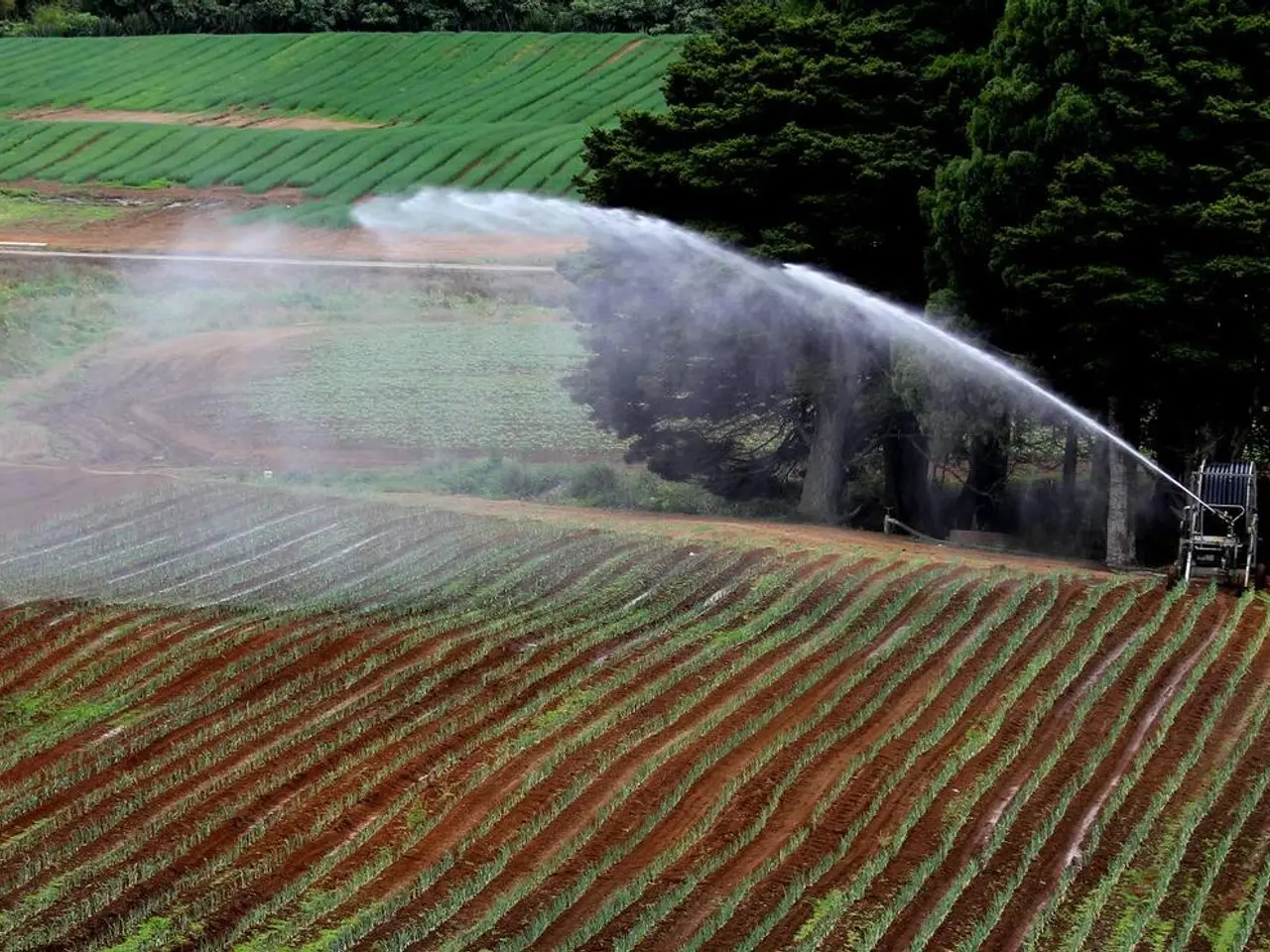Preventing Failure in Irrigation Systems: Essential Tips
In the quest for a lush and flourishing garden, a well-maintained irrigation system is indispensable. To ensure optimal performance, extend the lifespan, and conserve resources, adhering to a comprehensive maintenance plan is essential.
Key practices include regular inspections, cleaning, pressure control, and timely repairs.
Regular Inspections and Cleaning
Schedule system inspections at least once or twice annually to detect minor issues before they escalate. Clean sprinkler heads, nozzles, filters, and valves regularly to remove dirt, sediment, and mineral deposits that can clog components and reduce system efficiency.
Valve and Electrical Maintenance
Test valves individually to ensure they open and close properly, as worn or damaged valves can cause leaks or uneven watering. Inspect and secure electrical connections for controllers and solenoids, replacing corroded wires to maintain reliable operation.
Pressure Management
Use pressure regulators or booster pumps to maintain optimal operating pressure. Too high or low pressure can cause system damage or inefficient water distribution.
System Flushing
Regularly flush irrigation lines, particularly for drip or flush irrigation systems, to clear debris and prevent clogging that leads to system failures.
Controller and Firmware Updates
Adjust watering schedules seasonally based on weather and soil conditions, and keep controllers' firmware updated to avoid programming errors and water waste.
Maintenance Logging and Seasonal Service
Keep detailed records of repairs and inspections to monitor system health over time. Plan seasonal services like winterization and spring startup to protect against extreme weather damage and prepare the system for active use.
Use Proper Materials
Apply waterproof thread seal tape on threaded connections to prevent leaks and use quality tools for maintenance tasks.
These steps collectively conserve water, protect the landscape, extend the system's operational life, and reduce emergency repairs and downtime. While many tasks can be handled via DIY maintenance, complex repairs may require professional assistance.
A well-designed irrigation system with quality components lasts longer and withstands environmental stresses better. A small malfunction, if not addressed, can escalate into a major problem. It's important to check each zone for stable pressure and to look for any unusual wet spots or suspicious puddles.
A well-maintained irrigation system ensures uniform water distribution, supporting healthy plant growth. Quality materials contribute to a longer lifespan and better resistance to environmental stresses in an irrigation system. The longevity of an irrigation system is dependent on regular maintenance.
Installing rain sensors can optimize water consumption and prevent unnecessary irrigation. Parts of the lawn receiving too much or too little water may be due to clogged nozzles, misplaced heads, or imbalanced pressures.
Lastly, the controller should be correctly programmed for optimal performance. Unusual dry zones or flooding in the garden indicate a problem that requires attention. Following these best practices promotes a reliable and efficient irrigation system that supports healthy plant growth and resource conservation.
Home-improvement projects may include an upgrade to a home-and-garden irrigation system, which is crucial for maintaining a lush lifestyle. Regular maintenance tasks, such as scheduling system inspections, cleaning components like sprinkler heads and filters, and addressing pressure issues through regulators or boosters, can ensure regular performance, conserve resources, and extend the life of the installation.




